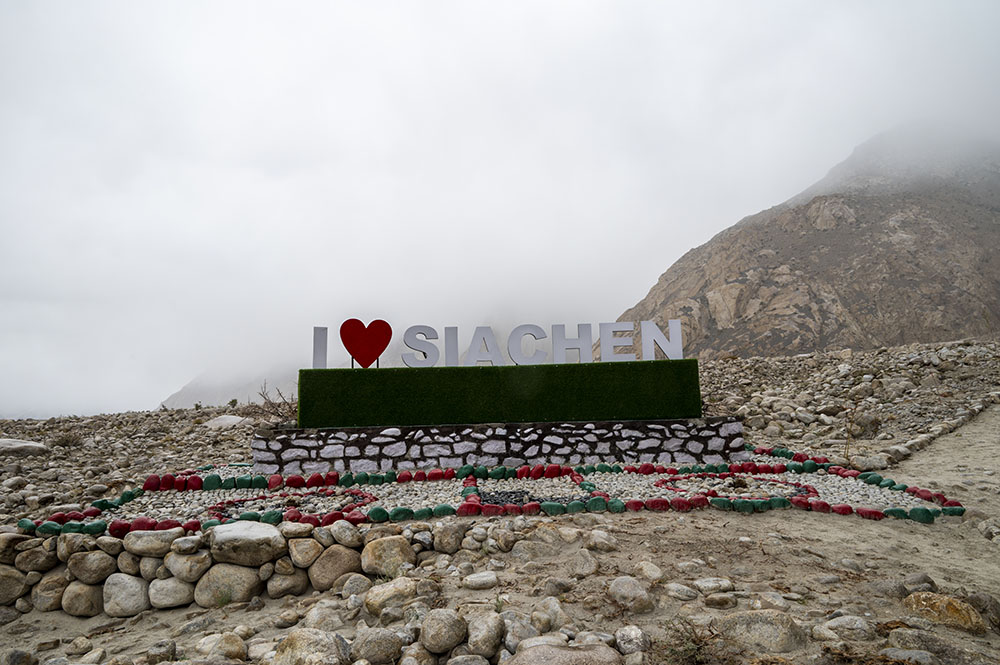

The Siachen Glacier, known as the world’s highest battlefield, has a unique place in the history of tourism. Historically, this region was remote and inaccessible, with the harsh climate and challenging terrain deterring all but the most adventurous or those engaged in military activities.
Ladakh’s Nubra Valley, the gateway to the Siachen Glacier, saw early explorers and mountaineers in the late 19th and early 20th centuries, keen on mapping the region and conquering peaks. These intrepid explorers laid the groundwork for what would become, much later, a tourism industry focused on adventure and high-altitude trekking.
The Siachen Glacier became a flashpoint between India and Pakistan in 1984, leading to military confrontations over the territory. As a result, the area was closed to civilians and tourism was non-existent for many decades. The presence of the military added infrastructure, but it was solely for strategic purposes rather than tourism.
By the late 20th and early 21st century, there was growing interest in extreme adventure tourism. Thus, the Siachen Glacier Base Camp slowly started appearing on the radar of extreme adventure tourists. However, access remained strictly controlled by the Indian government due to the sensitive nature of the region.
It wasn’t until the Indian government initiated regulated tourism activities that the Siachen Base Camp started receiving visitors. These tourists are required to obtain special permissions, and the number of visitors is kept low to minimize the impact on the environment and to respect the operational security of the Indian military in the area.
The Siachen Base Camp Trek, albeit infrequent, offers an opportunity for civilians to witness the grandeur of the Himalayas, the resilient life of soldiers, and the unique high-altitude ecosystem. This trek is not for the faint-hearted and demands excellent physical fitness, dedication, and a deep respect for the natural and geopolitical sensitivities of the area.
Given its delicate ecosystem and military significance, tourism trends in the Siachen region are toward highly regulated and sustainable practices. The focus is on small groups, minimal environmental impact, and awareness-raising about the significance of the region from both ecological and strategic perspectives.
The Siachen Glacier Base Camp is not your typical tourist destination. The combination of extreme weather conditions, high altitude, and the region's unique history have all played a role in shaping a very exclusive and regulated form of tourism. Only those who seek adventure beyond ordinary bounds and are ready to tackle the logistical and bureaucratic challenges will have the privilege of experiencing one of the most captivating yet least explored frontiers of tourism in Ladakh, India.